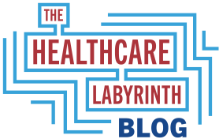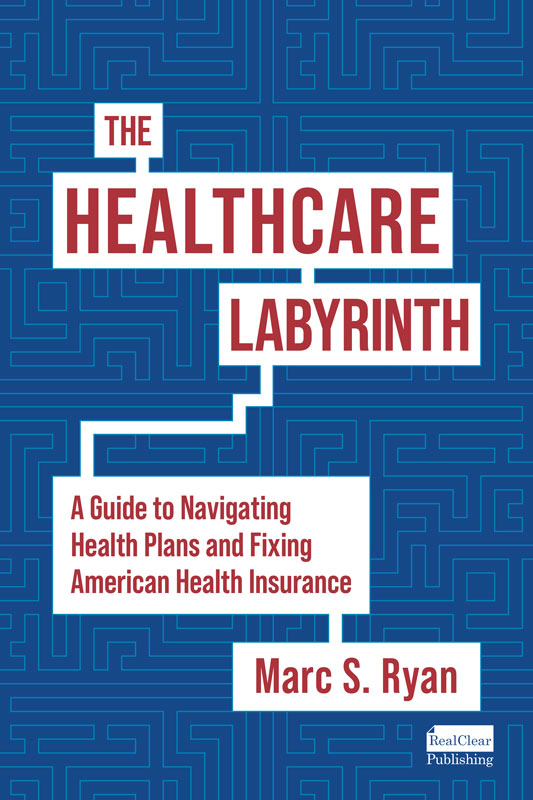New bill could bring unprecedented transparency and reform.
Employer coverage costs have been growing profoundly the past several years. Average annual hikes have been between 6% and 9% and 2026 could see spending hikes at the top of the range. A great deal drives the consistent high growth in employer premiums:
- Employer coverage pays the highest rates to providers due to lower Medicare and Medicaid rates. This is known as a cost shift.
- Employers are seeing heavy cost and spending hikes due to medical, specialty, and retail drug utilization and price hikes, especially related to the broad adoption of GLP-1s for both disease states and weight loss.
- Utilization post COVID pandemic has been very high.
- Health plans work with hospitals and other providers to trade higher commercial rates in favor of lower Medicare Advantage (MA) rates. Why? Because MA should be a high margin business with very high premiums. Lower provider rates help drive margins. It is easy to give away dollars on the commercial side because plans are either not at-risk (about two-thirds or more of Americans with employer coverage are in self-insured plans) or can pass on the higher costs in the form of higher premiums (employers with full risk health benefits).
- Vertically integrated health plans enter into non-arm’s-length agreements with related parties to raise price and retain dollars within the broader company enterprise. This actually impacts all lines of business.
- Employer coverage is dominated by large national health plans and Blues plans. The market, therefore, is less competitive than it should be. Two notable settlements in the Blues world were entered into to breakdown the near monopoly the Blues have in many states. But the settlements may do little.
A sixth major culprit is the opagueness of the financial arrangements between health plans and employer groups. Health plans, acting as administrators, continually disadvantage employers in numerous ways and they do not disclose various underlying costs to the employer groups. Many employers are none the wiser that they have inefficient and bloated arrangements with health plan administrators. One example of these opague financial arrangements are the non-arms-length related party agreements hidden from employers.
This has led some employers to demand more transparency, although health plans and pharmacy benefits managers (who sometimes have separate contracts) continue to shroud their financial arrangements. Plans too are attempting to break up various services into multiple contracts, although the lack of transparency continues.
But a new bill could serve as a major impetus for reform of the self-insured employer coverage world that is governed by the federal ERISA statute. Again, the majority of employer coverage arrangements are where the employer group is self-insured and the health plan acts as a third-party administrator (TPAs).
The bill, sponsored by Sen. Roger Marshall, R-KS (who is a doctor) and John Hickenlooper, D-CO., is called the Patients Deserve Price Tags Act. It has a broader mission than just employer coverage. It seeks to:
- Strengthen and codify existing hospital price transparency rules to require actual prices (not estimates), expand to other care settings, require attestations of accuracy and completeness of transparency disclosures, and impose greater penalties for noncompliance.
- Require a detailed explanation of benefits by all commercial healthcare plans. This includes itemized bills by providers.
On the employer coverage front, the bill would:
- Require unprecedented transparency for all health plan middlemen. Employer and union group health plan’s TPAs would have to provide detailed information to the employer plan on claims and financial transactions of their subsidiaries and subcontractors. This includes:
- All provider reimbursement methodologies including pricing formulas, fee schedules, modifiers, repricers, various fees, rebates, discounts, and any other contractual terms used to determine payments to providers and subcontractors.
- All amounts paid to subcontractors, including whether on a fixed-fee, fee-for-service, incentive/bonus, shared savings, bundled, administrative, capitation, value-based, risk, or alternative basis.
- Ban gag clauses and confidentiality agreements that prevent employers and unions from accessing data on their members.
- Require health plans and TPAs to provide full, de-identified claims data, including medical, pharmacy, and encounter claims, to employer, public sector, and union plans at no cost.
I would note that the Consolidated Appropriations Act of 2021 (CAA) did prohibit gag clauses by health plans that stop employers and plan members from seeing price and some other data. Several employer groups have sued plan administrators to gain access to claims and data. Employees have begun suing employers arguing self-insurance funds are in beach of their fidicuary responsibilities to run a cost-effective and quality health plan. Thus, the CAA reform was clearly not enough and the proposed bill is clearer and goes farther.
The benefits of the bill are very clear. Tired of the skullduggery of current arrangements, employers continue to plot more efficient and transparent self-insured models. The bill would propel the remake of employer coverage. For the first time it would make employer groups knowledgeable of real costs and empower them on rate negotiation. The bill would also promote more competition.
In the end, the black-box methods employed by TPAs and health plans could be broken open. The light could shine on self-insured arrangements. In truth, employer coverage is in a precarious state. It cannot face the huge trends for long. While businesses have tried to absorb most of the increased costs, employees will have more and more costs moved over to them.
The bill comes at an important time and should pass.
#employercoverage #healthcare #coverage
— Marc S. Ryan





